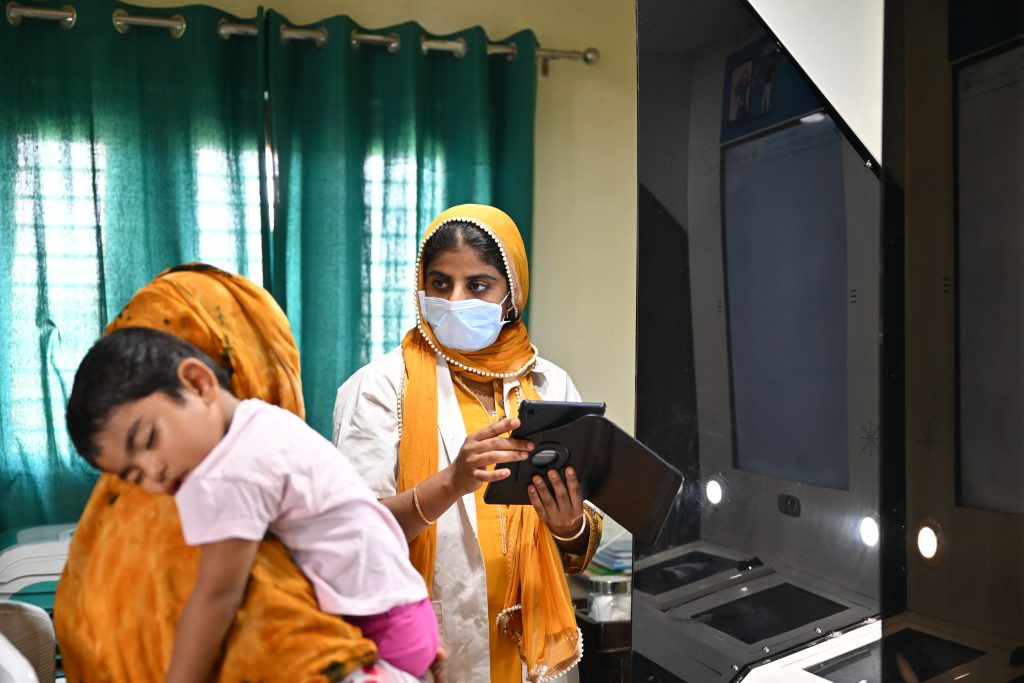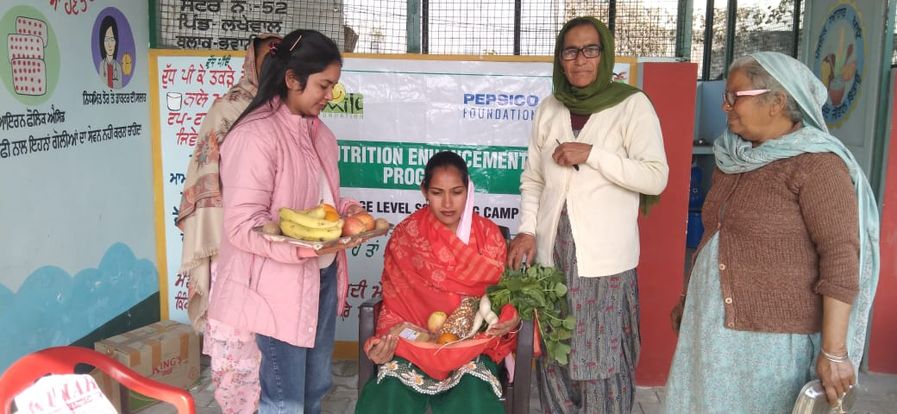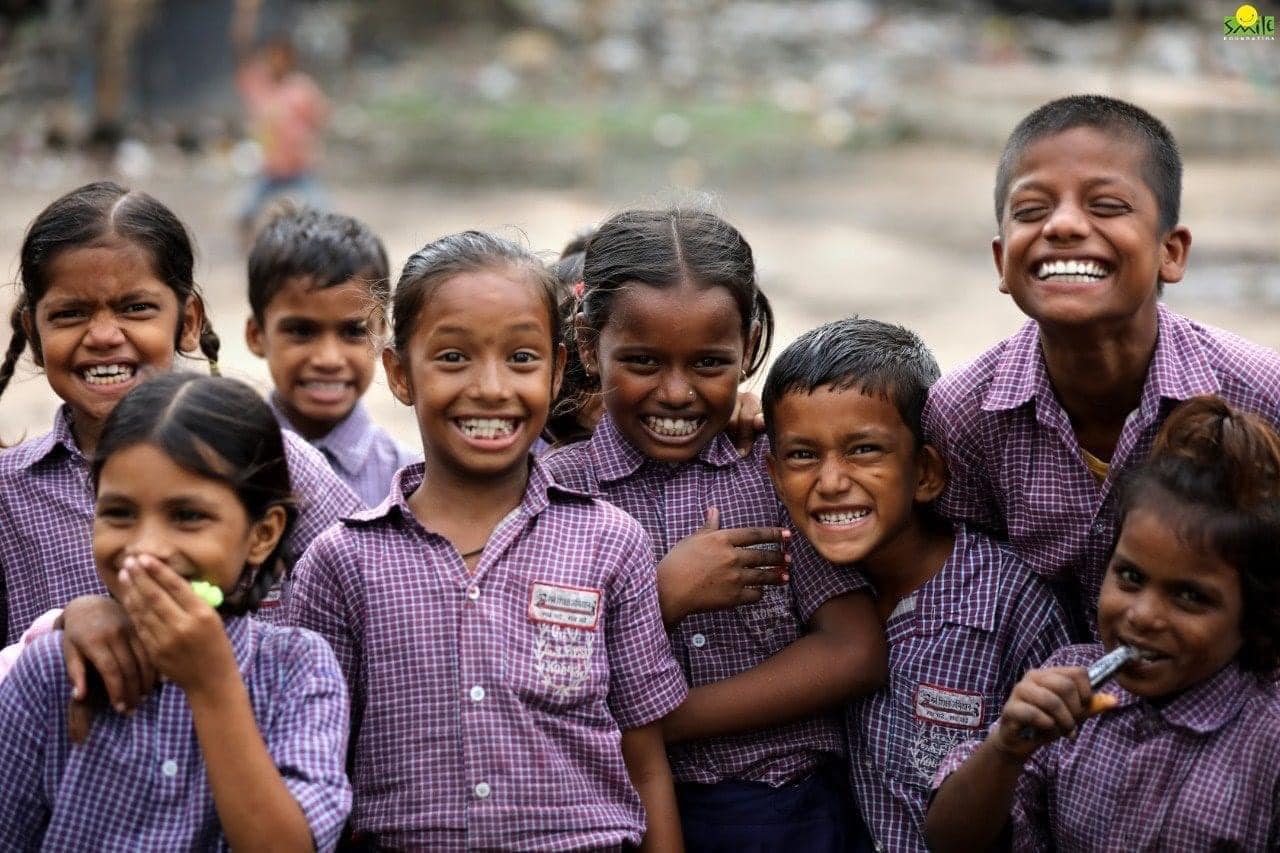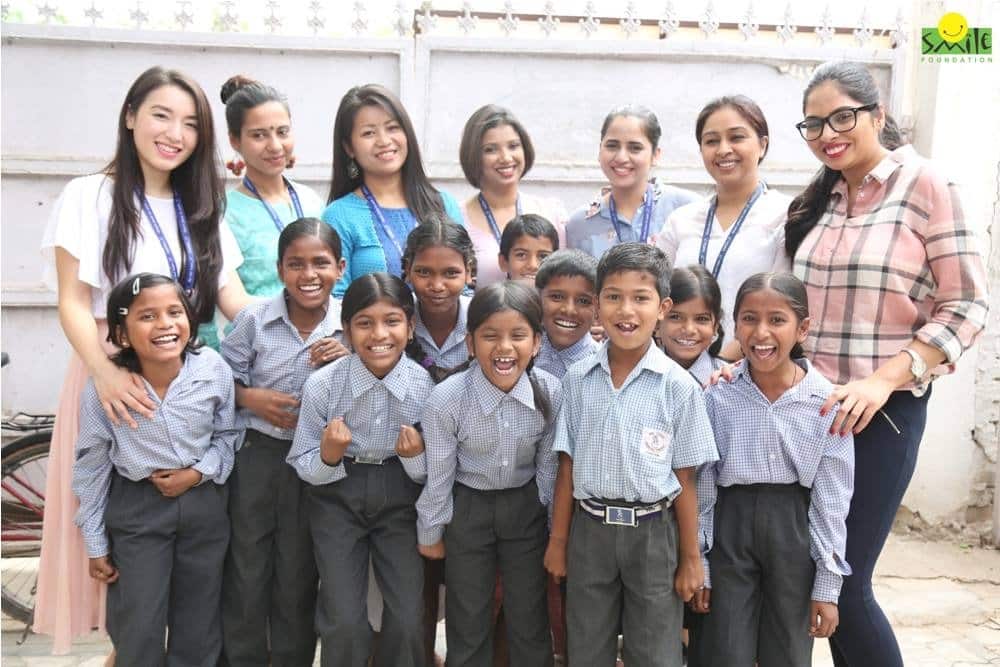Telemedicine has leveraged technology and transformed how we approach early detection, preventive healthcare, the right to knowledge of the patient, and treatment. It has emerged as a revolutionary tool in the healthcare sector.
Telemedicine in India has seen sizeable growth. It has increased access to healthcare and is a beneficial tool to achieve the goal of universal healthcare. In addition to these facilities being easily accessible to the urban demographic, it was noted that even the tier 2 and tier 3 cities had access to proper healthcare evaluations via online appointment during the Covid-19 pandemic.
Preventive Care
Post Covid-19, preventive care has been deemed highly noteworthy since the pandemic. The pandemic exhibited significant gaps in the healthcare system that need to be addressed. After the pandemic, the healthcare sector has also been observed to incorporate technology in the medical profession to aid preventive care, and it has seen a positive change.
Preventive care is critical to mitigate the impact of widespread diseases and increase the population’s overall well-being. In order to achieve this, factors like proper medical facilities for early detection, an increase in awareness among the rural and less educated population of the country, and incorporating technology in healthcare in the form of health apps and devices should be taken into account.
Is Prevention Really Better Than Cure
As previously established, preventive care is a crucial aspect of healthcare in India. With the increase in urbanisation and changes in lifestyles, the country has seen an overall deterioration in health. Poverty, malnutrition, and improper or no preventive measures against diseases have a significant role to play as well.
India has seen an increase in chronic and non-communicable diseases in the past few years, and tackling them is of utmost importance.
Focusing on preventive healthcare will help reduce costs. Regular checkups for the prevention of diseases are cost-efficient in the long run. It reduces the risk and the cost of treating a more severe stage of the disease.
Preventive healthcare also improves health outcomes and prolongs lifespan. A regular health checkup and a visit to the doctor will help in the early detection of a health problem and reduce the chances of death. This is because several diseases are easily treatable in the initial stages as compared to later, more adverse stages. Early detection and treatment of the disease will also help the patient not experience complications, and the problem will be tackled easily.
Telemedicine– The Expected Saviour
An app called Breath of Life is a healthcare app in China that helps in the detection of Chronic Obstructive Pulmonary Disease (COPD). All you have to do is blow in your phone’s microphones, and the app tells you whether there is a need for you to get a doctor’s checkup or not.
Apps like these are highly useful for preventive care since they help in early diagnosis and, consequentially, treatment of a disease. High pollution level areas like Delhi, Mumbai can use apps like these to detect respiratory diseases.
Personal Health Record (PHR) apps like Health-e and Eka Care already exist in India that help make the management of medical records easy for both the patient as well as the doctor. It helps you to accumulate all your medical records, diagnoses, records of previous illnesses, current health status, etc. in one place and offers convenience.
Currently being a part of the digital revolution, investment in technology in order to improve healthcare will certainly reap benefits. In this fast-moving world where most people do not keep their health a priority, telemedicine has proven to be a promising solution. It allows patients to keep track of their health and seek help as soon as they notice a possible deterioration.
Many diseases also go unnoticed. Half of the respiratory diseases see a common symptom of cough, and cough is bypassed by many as maybe a common cold or some other minor disease.
Many diseases are not brought to light unless they have worsened the patient’s condition to an extent. This is more common among the less educated demographic. Telemedicine helps curb these issues and has a prime focus on preventive care.
Telemedicine also breaks socioeconomic and geographical barriers. Via telemedicine, the areas that lack trained medical experts can access good medical consultancy. In addition to this, telemedicine empowers rural health empowerment by providing access to these facilities to all. Apps like PharmEasy are working on expanding their network of CSCs in order to provide medicines in rural areas as well.
Furthermore, telemedicine is cost-friendly. This is especially useful for the rural demographic. It reduces travel expenses, and even otherwise, virtual consultancy is more cost-effective than in-person, offline hospital visits. It is more affordable and consequently makes healthcare more accessible as well.
Conclusion
Telemedicine is prepared to become one of the most crucial parts of the Indian healthcare system. It has considerable potential to transform the healthcare system for the better. The world is looking towards a future where healthcare is affordable and accessible to all, and telemedicine has a huge role to play in the same. It is a revolutionary approach to healthcare in India.
Ten e-Arogya Clinics comprising of Tele-Medicine kiosks were established by Smile Foundation in partnership with the health department of Nuh and our corporate partner covering a target beneficiary of 10 lakh population.
Consultations with general physicians and specialist doctors, free distribution of medicines, screening of NCD (non-communicable disease) and referral to secondary and tertiary healthcare services are being made available to people at these e-Arogya Clinics. In addition, capacity building of the front-line workers and CHOs (Community Health officers) is facilitated by organizing need-based training programmes in consultation with the Nuh district health administration.
Until now, these 10 e-Arogya clinics have benefited over 35,000 individuals directly, of which 52 percent of beneficiaries are women. Community women, who could not think of going outside the village, have got the opportunity to take care of their health and well-being. This has also created an enabling eco-system, encouraging the communities towards availing relevant health entitlements and affirmative action as mandated by the government.









